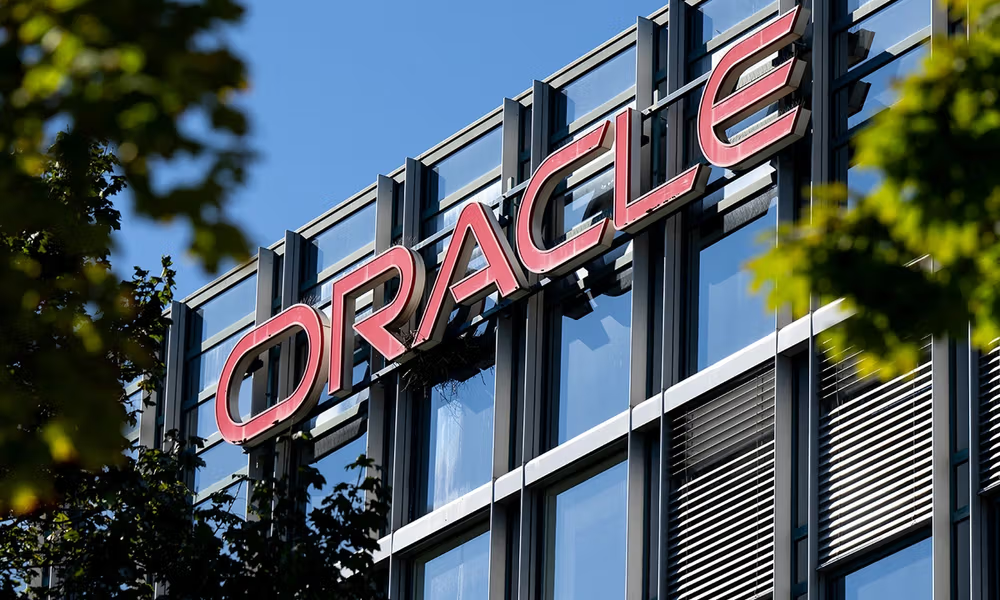The Hidden Dangers of Unsupported Operating Systems
Outdated operating systems are more than a tech inconvenience - they’re open doors to AI-driven cyberattacks. Discover why unsupported systems are a growing threat and how your business can stay protected without major disruption.
It wasn’t a lone hacker in a hoodie that took them down - it was one outdated machine, now just a tiny part of a vast, automated cyberattack machine.
While the specifics of some breach stories are closely guarded, documented incidents of end-of-life operating systems causing enterprise-wide disruption are alarmingly common.
In recent years, countless businesses have suffered major breaches simply because one legacy PC or server was left running an unsupported version of Windows. Attackers, increasingly powered by AI and operating from global data centres, exploit known vulnerabilities at a scale and speed that’s impossible for human hackers to match.
The result? Not just a data breach, but potentially weeks of downtime, lost contracts, and reputational damage.
With Windows 10 reaching its end-of-support milestone this October, businesses are at a decision point. The question is no longer if an unsupported system will be targeted - but when, and how much it will cost.
This guide explains why staying current isn’t just a best practice, it’s an essential business safeguard. We’ll break down:
⚙️ The technical risks
📂 Real-world consequences
🛠️ How to stay protected without major disruption
Here’s the bottom line: when an operating system is no longer supported, it’s no longer secure. And in today’s threat landscape, that’s not a risk any business can afford to take.
🔓 Why Unsupported Systems Are a Cybercriminal’s Dream
An unsupported operating system stops receiving critical security updates and patches
, leaving it open to attack. [LINK]
Cybercriminals, now armed with AI-driven tools, actively scan the internet for these vulnerabilities, knowing they’re unlikely to be fixed. Outdated systems are often the first entry point for ransomware attacks and data breaches.
Key Risks:
🕳️ Unpatched Vulnerabilities - Permanent holes in your defences, ideal for malware, ransomware, and data theft.
📈 Higher Breach Rates - Organisations with outdated OS installations are three times more likely to suffer a public data breach.
⚖️ Regulatory Non-Compliance - Unsupported systems violate UK GDPR and the UK government-backed Cyber Essentials scheme.
⛔ Operational Disruption: Downtime, lost data, and reputational damage can add up quickly, and sometimes, the damage is irreversible.![]()
🤖 The New Reality: AI-Powered Cyber Threats
The era of the lone hacker is over. Today’s threats are orchestrated by AI-powered malware, running from massive data centres, capable of scanning millions of devices for vulnerabilities in real time.
These attacks are faster, more persistent, and more sophisticated than ever before. AI can mimic legitimate system activity, time attacks for maximum impact, and craft highly convincing phishing emails tailored to your business.
What does this mean for your business?
If you’re running an unsupported OS, you’re not just at risk from a single attack, you’re a target for relentless, automated exploitation, multiplying your risk of intrusion and compromise.
Lessons from the Field: When Unsupported OS Meets AI
While the specifics of some breaches remain confidential, there are well-documented cases where outdated operating systems have led to major disruptions. For example:
🏥 2018: A major healthcare provider suffered a significant data breach traced back to an unpatched, end-of-life Citrix server. The attackers exploited a known vulnerability, and the breach resulted in substantial operational and financial losses.
🔐 2021: SonicWall customers were hit by ransomware after their end-of-life VPN appliances were exploited. SonicWall warned customers to update their firmware, but not everyone listened, and those who didn’t paid the price.
These examples highlight the real-world impact of unsupported systems, but it’s important to note: the threat is now amplified by AI, making every outdated device a potential weak link in your security chain.
📢 What the Experts Say: Upgrade Now, Not Later
Cybersecurity guidance from the UK government, the National Cyber Security Centre (NCSC), and the Cyber Essentials scheme is clear: unsupported operating systems must be phased out as a matter of urgency. Official advice includes:
✅ Cyber Essentials: Supported, patched software is foundational to certification. All software must be licensed, supported, and removed when no longer supported.
✅UK Government & NCSC: Apply security updates promptly; isolate or upgrade legacy assets.
✅ Global Consensus: If upgrading isn’t immediately feasible, control what runs, minimise exposure, and monitor legacy systems closely.
If immediate upgrading isn’t possible:
🔒 Control what runs – Use tools like AppLocker to limit which applications are allowed.
🚪 Minimise exposure – Remove legacy apps or restrict access to sensitive systems.
🧭 Segment and monitor – Isolate older systems and step up endpoint visibility
💸 The Real Cost of Delay
Beyond the reputational and compliance risks, outdated infrastructure can directly hit your bottom line.
🚨 For SMEs: Breaches involving unsupported systems are 54% more costly.
🚨 For larger organisations: Losses can exceed £340,000, and that’s just the cleanup.
🚨 Long-term damage: Loss of client trust, cancelled deals, and damaged brand equity can take years to rebuild
In short, delaying upgrades is rarely a saving. It’s a risk multiplier.
🧩 The Legacy System Dilemma
We understand: some systems just can’t be switched off overnight. Older platforms often underpin finance, operations, or specialist tools. But the reality is: legacy systems are weak links in your digital armour. They:
✅ Lack of modern security standards
✅ Don’t support current defensive tools
✅ They are difficult to monitor and isolate
✅ Create backdoors into your wider network
Without a clear roadmap, they’re not just a burden; they’re a liability.
🛡️ Where ITbuilder Comes In
At ITbuilder, we work with organisations across sectors to modernise their IT estates, without disruption, drama, or missed steps. Whether you need full lifecycle support or a co-managed solution to back up your internal IT team, we’ll make sure your systems are secure, compliant, and fit for the future.
Our Services:
🖥️ Managed IT Support: Patching, monitoring, and keeping your endpoints safe.
🤝 Co-Managed IT: We fill the gaps your internal team doesn’t have time to cover.
🔐 Cybersecurity Services: Firewalls, threat detection, endpoint protection, and user training.
📋 Compliance Guidance: From GDPR to Cyber Essentials, we’ll help you pass audits with confidence.
☁️ Managed Cloud & Networks: Resilient, high-performance infrastructure tailored to your needs.
And perhaps most importantly: We take the time to understand how your business works. That way, our recommendations aren’t just best practice, they’re the right practice for you.
⏳ Final Thought: This Is Your Window
The upcoming end-of-support deadline for Windows 10 isn’t just another update on the calendar. It’s a moment to assess your IT risks and make decisions that could prevent your next major disruption.
Let ITbuilder help you turn this transition into an opportunity for improvement.
📞 Talk to us today. Let’s ensure your systems aren’t just working - they’re working for you 💪
Your next three steps
✅ 👉 Book a Free 30-minute security posture review , no jargon, no obligation.
✅ Ask us for a mock-phishing campaign against your own domain. Seeing the click-rate is often the “aha” moment partners need. Book a consultation here
✅ Get board-level cyber coaching, we run a one-hour workshop that translates - NCSC’s 10 Steps into plain English for all professionals. Book a consultation here
Read more about our Cyber Security Managed services
Or explore more about how we work:
🔗 Visit Our Services
🔗 Read More Success Stories
James Naylor
James Naylor is ITbuilder's Managing Director and Founder. He has worked in technology since the early nineties and, after a decade in the corporate world, went into business himself.
James has lead ITbuilder for over two decades, building the business into the force that it is today, but is still a technician at heart and still very hands on with tech.
Despite growing up in Hertfordshire, James lived in the Netherlands for five years as well as London, before returning and setting up the base in Hertford, where he lives today.
More articles from James Naylor






